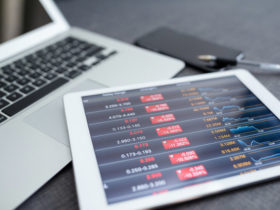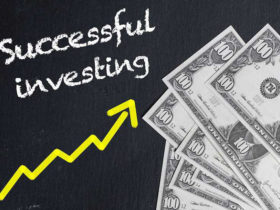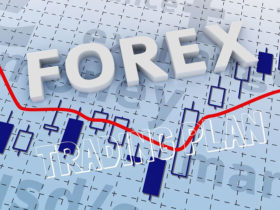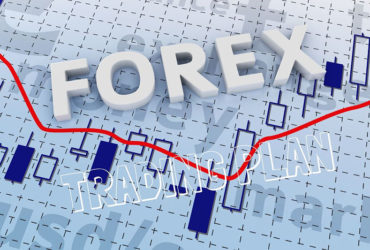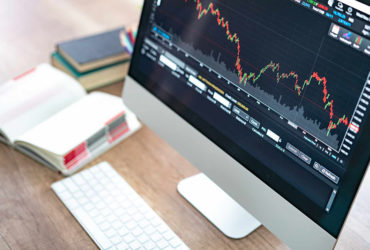We Were All Suckered
Wall Street milked the mutual fund structure for trillions of dollars during their heyday and popular rise in the 80’s and 90’s. Almost everyone had some type of mutual fund investment and even today most 401k plans are littered with these high fee, poor performing structures. And do you know where these trillions of dollars Wall Street has made from Mutual Funds has actually come from? Your portfolio!
High Fees Crush Long Run Investment Returns
The average mutual fund fee is often north of 1.5% and can range up to 2.5% for more active funds. While in contrast, the average ETF expense ratio is about 0.5% and some go as low as 0.06% What is more shocking is that most actively managed mutual funds cannot outperform the market index in the long run, and actually under-perform the index by the amount of their expense ratio. What that means is you could simply by the index with a low-cost ETF and outperform almost all mutual funds over the long term by at least 1% annually or more.
Putting the Cost in Perspective
If we assume and investor has an average portfolio balance of $250,000 over a 40 year investing life-cycle, the cumulative cost in mutual fund fees paid over that period will exceed $150,000. Now that sounds like a lot, but we are still not finished yet. The real question becomes how much would you have earned on your investments without the high mutual fund fee? In this example, assuming the mutual fund and ETF both earned an 8% annual return, over 40 years by reducing your annual expense ratio by 1% you would be saving $1,687,516 with ETF trading.
Investment Fees Are Your Biggest Lifetime Expense
Who in their right mind could have imagined that an average investor would be giving mutual fund companies more than $1.5 million dollars of their own portfolio over a lifetime? The single biggest trade you can make in your lifetime right now is to move into ETF trading and exit the nightmare of high mutual fund fees. With time on your side, you have the opportunity to make the biggest single trade of your investing career.
Buy the Index or Follow Trading Signals?
Once you’ve made your first $1.6 million dollar trade by switching to ETF trading signals, the next decision you need to make is whether you will buy and hold index funds, or practice ETF trading strategies that follow some type of trading strategies to generate higher returns. Each has its benefits and drawbacks, but both are superior investments to simply
holding mutual funds due to the superior cost advantage.
A Third Option to Consider
Long term ETF trend trading is another investment strategy to consider which combines the superior cost advantage of ETF trading along with the ease of buy and hold investing. With this strategy you focus on following long term trading signals and stay invested in top performing ETFs for as long as they are maintaining their long term upward trend. This strategy requires simple monthly or quarterly monitoring, and usually only involves a few trades per year. Its also a great strategy to follow if your worried about future bear markets, because you’ll always be on top of what the best trends are in the market with these trading signals.


